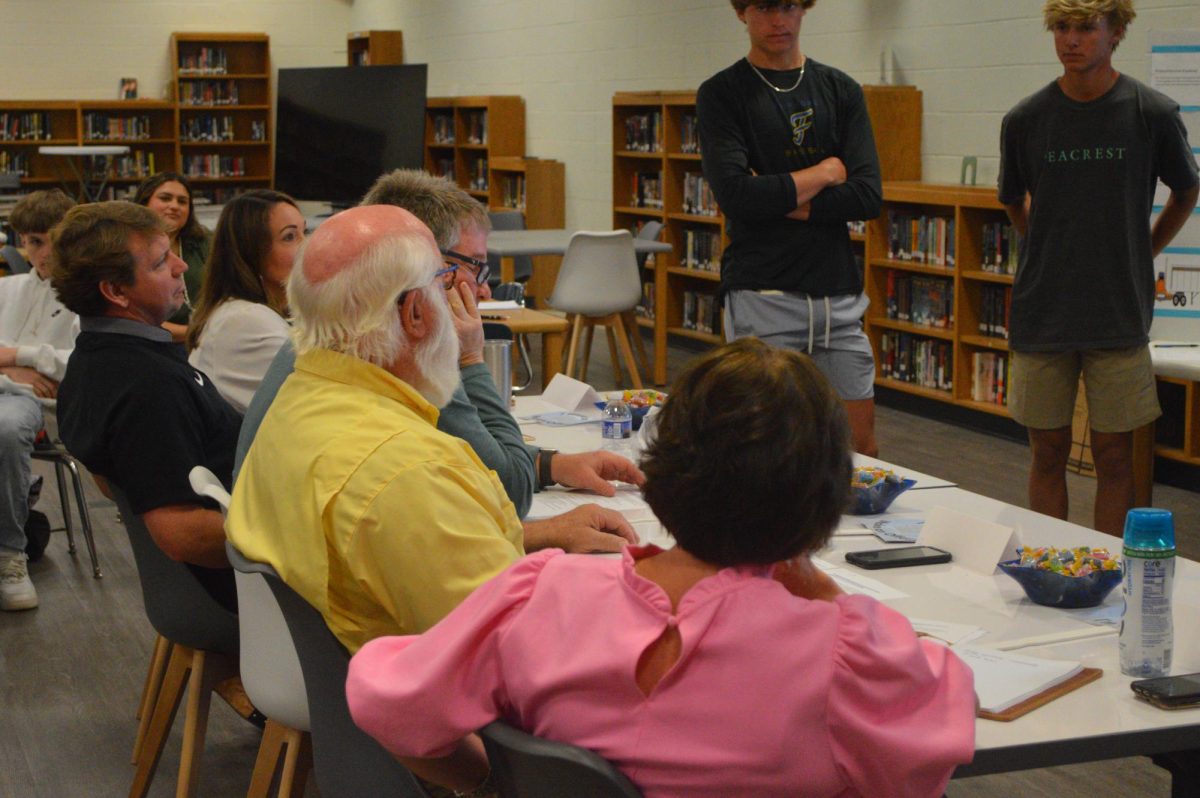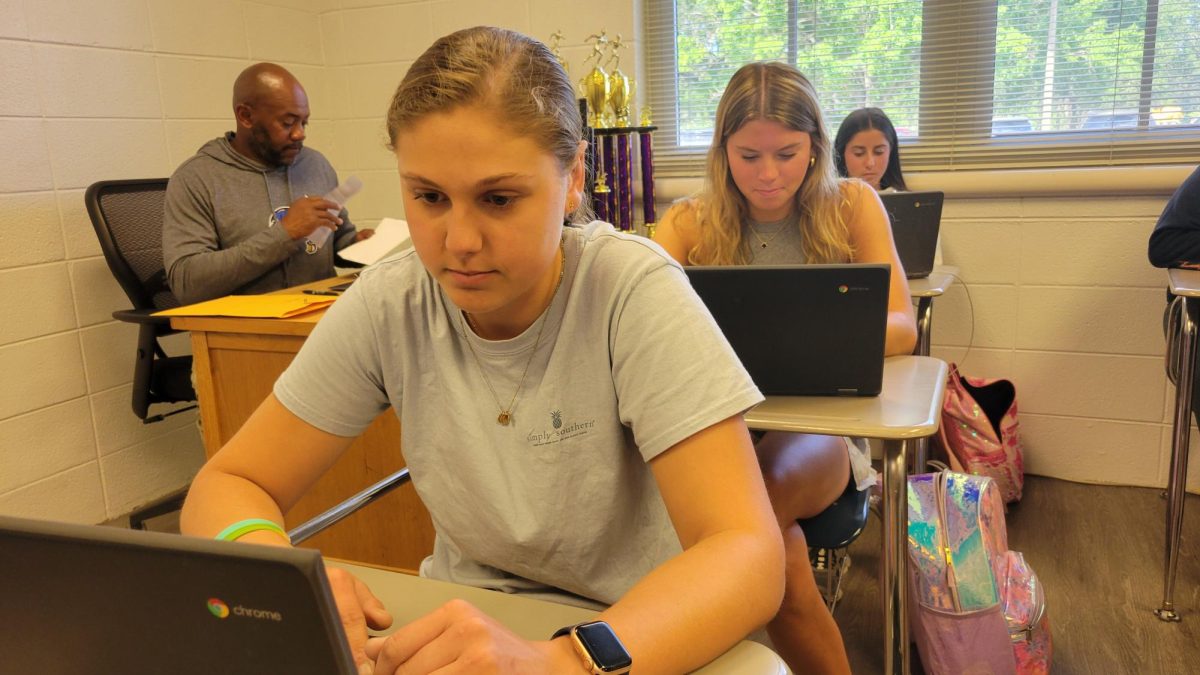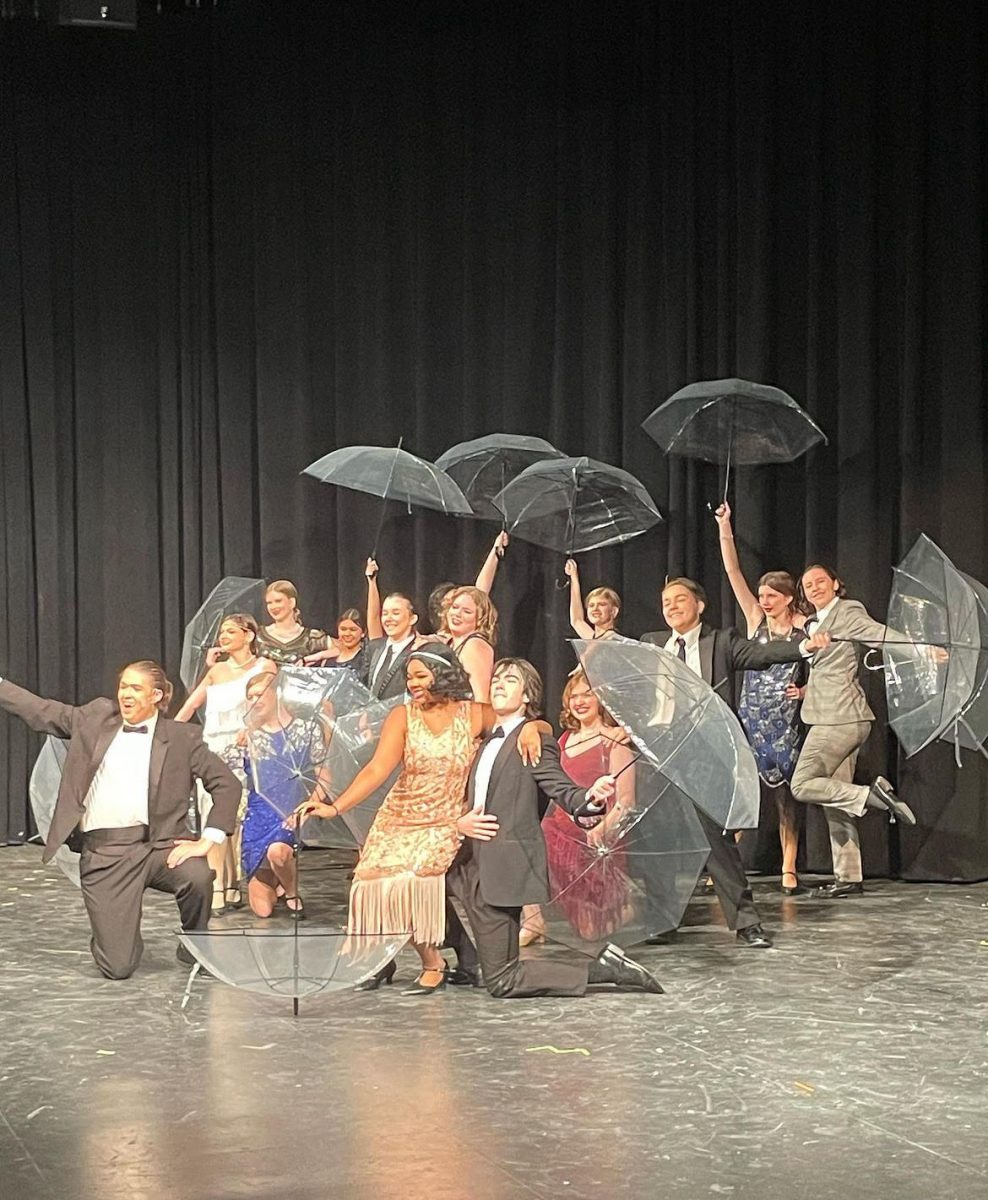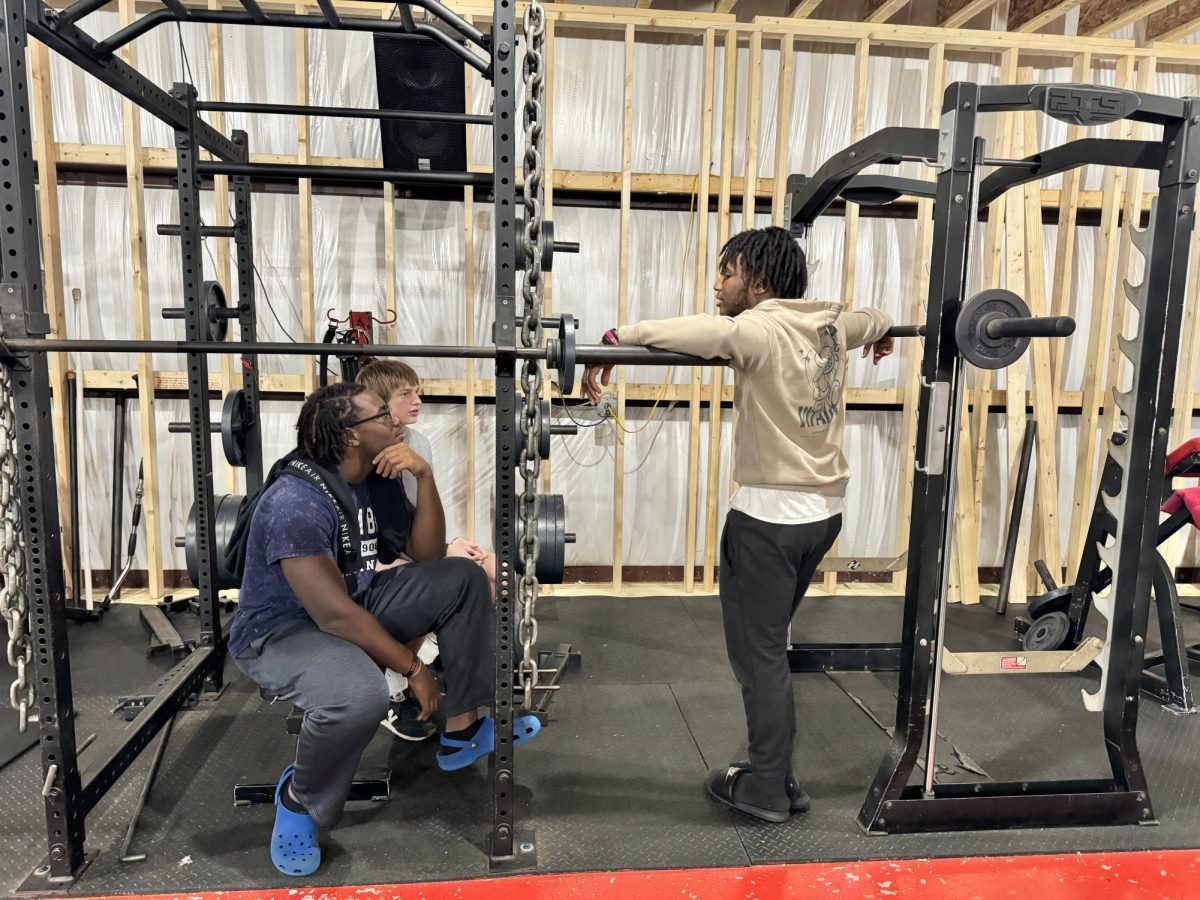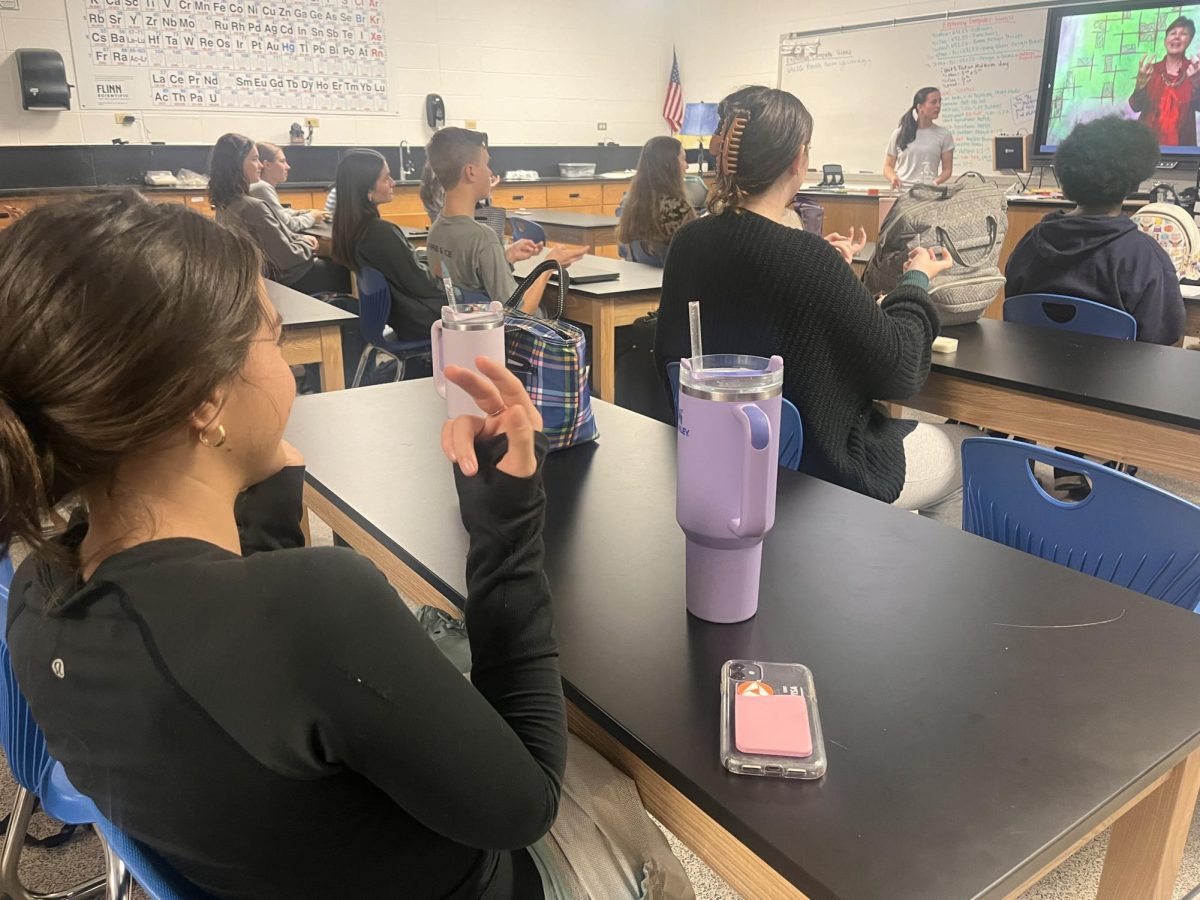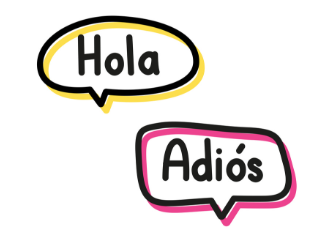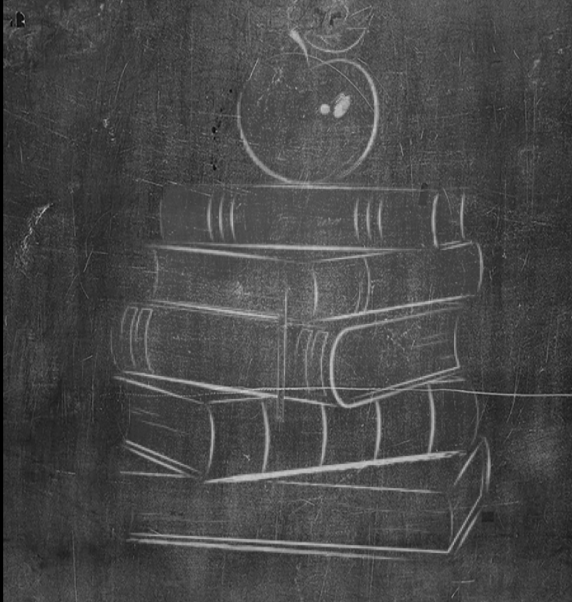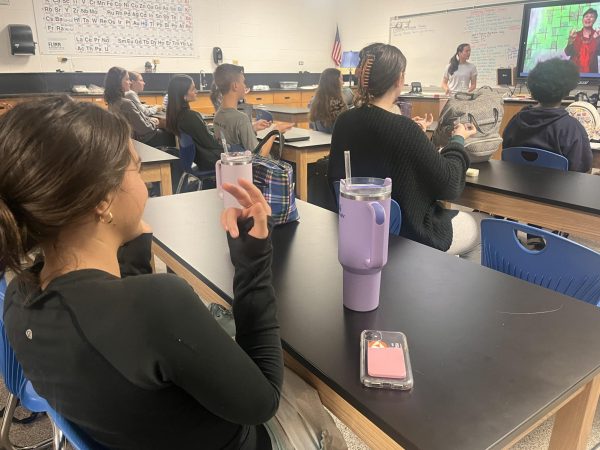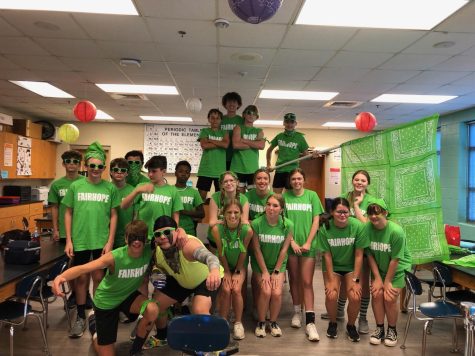Choosing Curriculum: Class Readings
October 5, 2020
“When are we going to use this in real life?”
The curriculum taught in schools is commonly questioned. What is the purpose of reading stories that were released in the eighth century?
Most students have not even considered picking up books that we read in our classes. Student rarely decided to read stories such as The Scarlet Letter, The Odyssey, To Kill a Mockingbird on their own accord. What dictates the choice of class readings?
Common Core, whilst criticized, is the baseline by which English, Literary Arts, History, Sciences, and other subjects are judged and chosen. They are chosen on the standard of preparing students for their future careers. Common Core Initiative says that Common Core is meant to “stress critical thinking, problem solving, and analytical skills.” However, they state that Common Core standards are meant to “supplement” the subjects, not override other plans.
Due to the increasing number of literary options available, Common Core relies on the state’s stakeholders to correctly choose between inappropriate literature for the grade level. Patricia Hoffman, Associate Professor of Educational Studies at Minnesota State University, wrote in an informative essay that it is important for a teacher to create their own curriculum. Therefore, allowing students to engage in both academic and mainstream curriculum. Student learning from a non-mainstream based curriculum could cause students to disengage from the lesson out of disinterest.
Mrs. Tiffany Goldschmidt, the secondary supervisor over curriculum and education of Baldwin County schools, mentioned that teachers in Baldwin County have been trained under the Department of Education or the Laying the Foundation Association (LTF). The materials developed by the LTF are meant to “utilize” a wide variety of texts, usually in correlation to history or science subjects being taught alongside the English curriculum. These “cross-curricular” texts are student collaboration, analysis, and the understanding of different time periods, cultures, and genres.
If a teacher desires to submit a book into the reading list, the book must be graded by its alignment with the Alabama course of study standards. The grade is determined by the book’s vocabulary, word repetition, sentence length, and the overall complexity. “Once a book is approved by the district level,” Goldschmidt says, “it is added to our district approved reading list by grade level.” The approved books are protected by the list but may only be taught to the grade level appropriate for them.
Mrs. Anna Hardy, 11th grade English teacher at FHS, tells us that each grade’s books are mostly determined by grade. Ninth graders receive stories from all over the world such as Shakespearean plays or The Odyssey. Tenth graders keep a focus on early America, eleventh graders focus on modern America, and twelfth graders keep a primary focus on British or European-based books.
“For each grade level, variety is important in regard to Lexile, as there are multiple ability levels at any age/grade level,” Hardy states. “We also look at diversity in terms of authors, genres, fiction, nonfiction, CCRS objectives, etc.” Hardy also mentions how textbook committees and reading list committees are established at each school. These committees meet as a county to select and review titles.
Ms. Kathryn Segers, a 10th grade English teacher at FHS, says that each reading list ensures that “students will be introduced to different works each year.” She says that this system gives teachers the freedom to choose the books they have interest in exploring. Segers later expresses that she enjoys when students read literary classics such as To Kill a Mockingbird, because it has the ability to “broaden a student’s perspective” by allowing them to learn about different cultures and societies. She elaborated on this by saying that from literary study, students can “encounter new words, learn to infer meaning, and to increase vocabulary knowledge.”
Literary studies give students the opportunity to learn from a diverse range of cultures, societies, and people. By staying within a mainstream Common Core curriculum, students effectively learn proper reference points that may help them in the future.
You can find the list of approved books here:
Grade 9 Final Reading List (2016) Grade 10 Final Reading List (2018_19)

